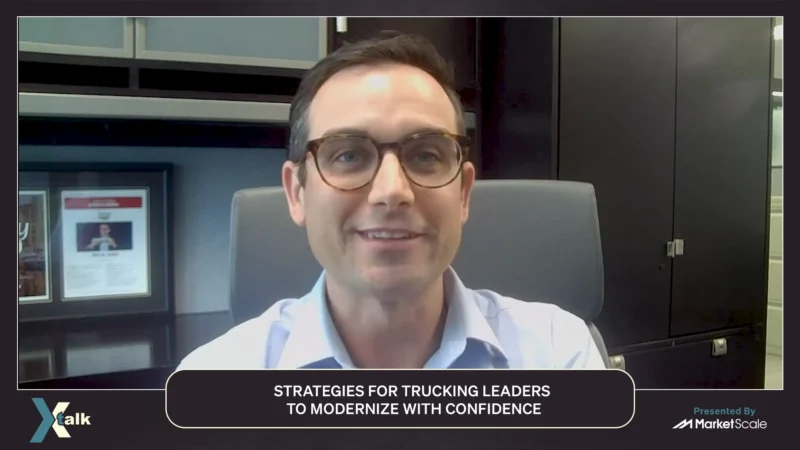SmartSky Networks | Accessing the Cloud in the Clouds, Are We There Yet?
Within the world of business aviation, accessing the cloud in the clouds, Are We There Yet? To answer this question, Host Grant Harrell looks to SmartSky Networks, an industry-leading organization that has established a next-generation air-to-ground (ATG) network that provides an unmatched connected experience inflight for both cabin and crew. SmartSky Networks’ patented beam-forming technology assigns each aircraft a unique network connection, providing unprecedented data security and integrity. SmartSky Networks connectivity products and services are engineered for one purpose: to provide the greatest possible experience to those who fly.
To answer the Are We There Yet? question, and to share more about SmartSky Networks and the industry, Harrell speaks with SmartSky Networks Chief Executive Officer David Helfgott. Within this high-flying episode, Helfgott discusses the growth of business aviation and the increasing demand for high-speed connectivity within the industry. He attributes this growth to two converging trends: the move towards private and business aviation and the need for ubiquitous connectivity. Helfgott explains that previous solutions for in-flight connectivity, such as narrowband satellite communications and inferior air-to-ground alternatives, were not able to meet the demands of business aviation. However, SmartSky Networks has developed unique technology that blends 4G and 5G and is customized for aviation use cases. This technology provides broadband, low-latency, and highly interactive connectivity to meet the rigorous demands of passengers, operational needs, and cockpit applications. Helfgott highlights that SmartSky Networks’ network is live nationwide and utilizes beamforming technology, ensuring security and dedicated bandwidth for each aircraft connection. He mentions the partnership with Honeywell and the integration with Honeywell’s Forge systems, which provides additional control, management, and application capabilities.
Helfgott further shares that SmartSky Networks offers various systems customized for specific aircraft types, such as the Flagship system for larger cabin aircraft and the LITE system for smaller airframes, catering to the needs of various aircraft types and sizes within business aviation. Helfgott also answers the important Are We There Yet? question, confirming that high-speed broadband connectivity at scale has been achieved, thanks to SmartSky Networks, with positive feedback from customers and users who are now able to perform applications that were simply not possible before. Looking ahead, SmartSky Networks aims to expand its presence in the market and continue providing tailored solutions for the growing demand in business aviation and other industries.
As Chief Executive Officer of SmartSky Networks, David Helfgott has responsibility for the company’s strategic direction, to drive the completion, launch and expansion of its ground-breaking broadband Air-to-ground (ATG) network, and to implement its product development and operational programs, serving the growing connectivity needs of business, general and commercial aviation markets.
As a 20+ year industry veteran, he has extensive experience in airborne communications, satellite broadband, mobile telecommunications and commercial & government SATCOM networking services. David has held leadership positions at Phasor, Inmarsat, Cobham, DataPath and SES. He holds a BA degree from the University of Virginia and an MBA from the Darden School.




